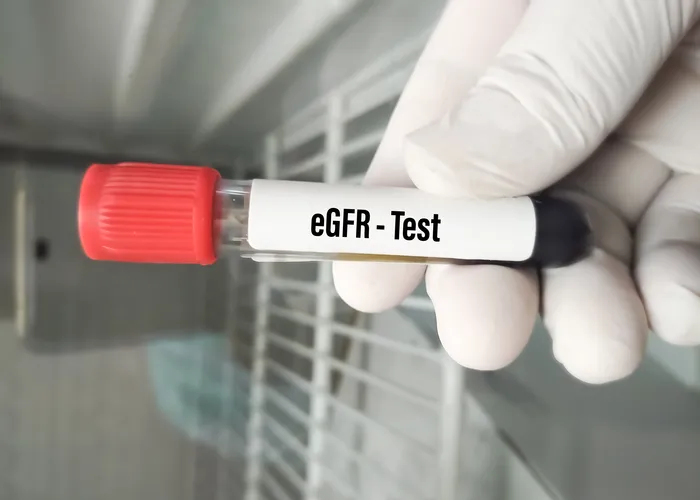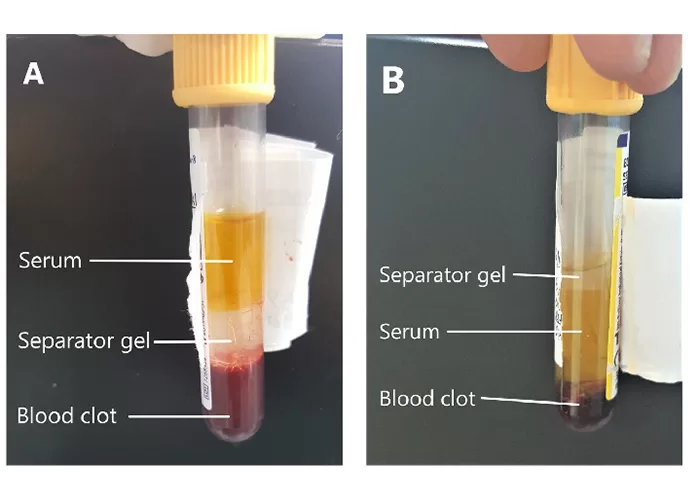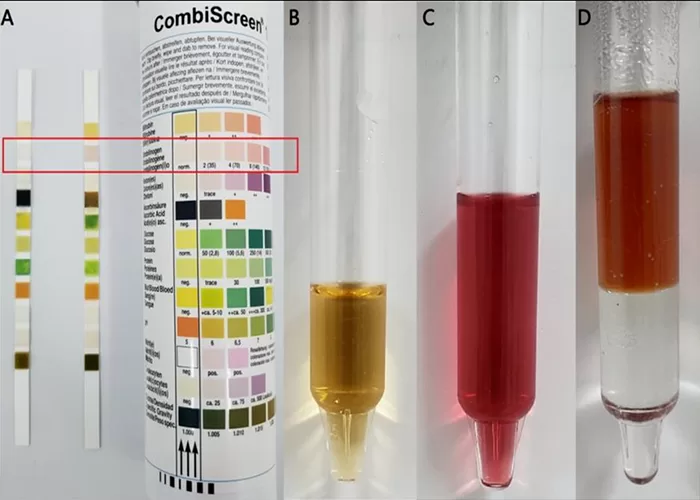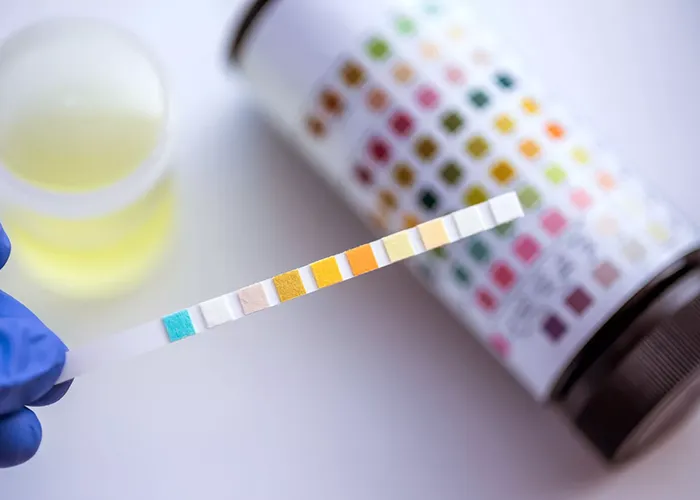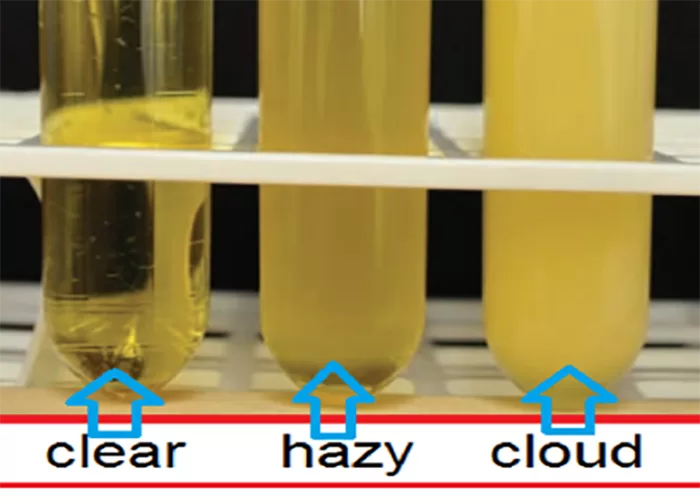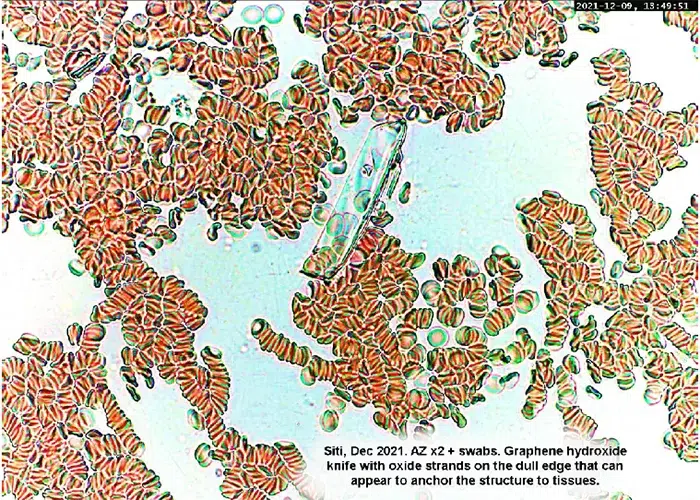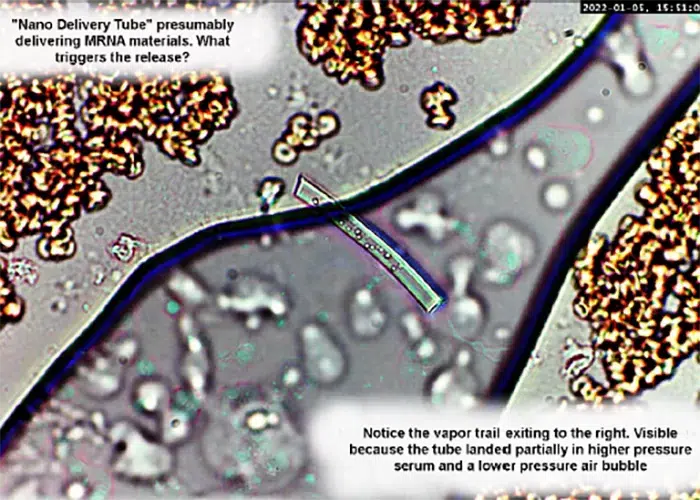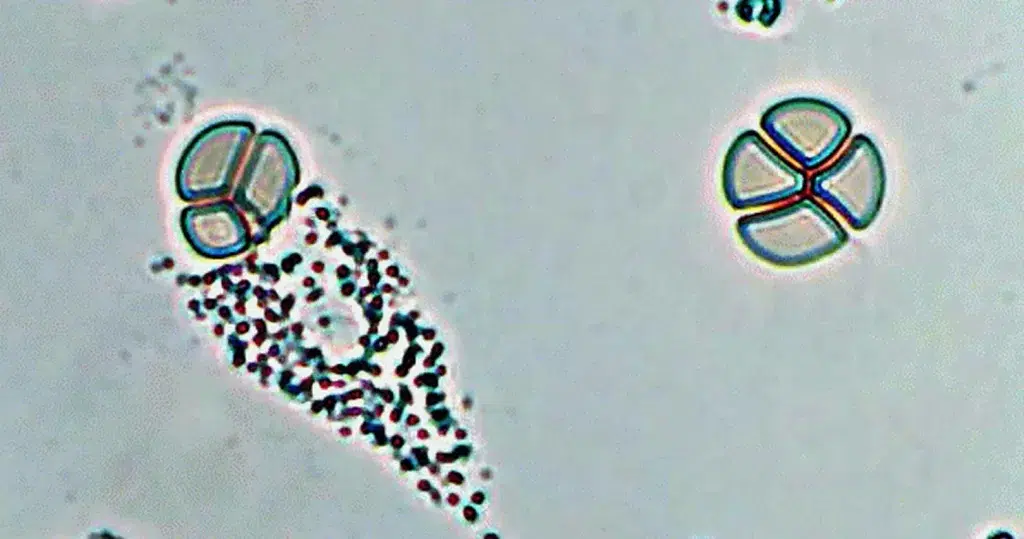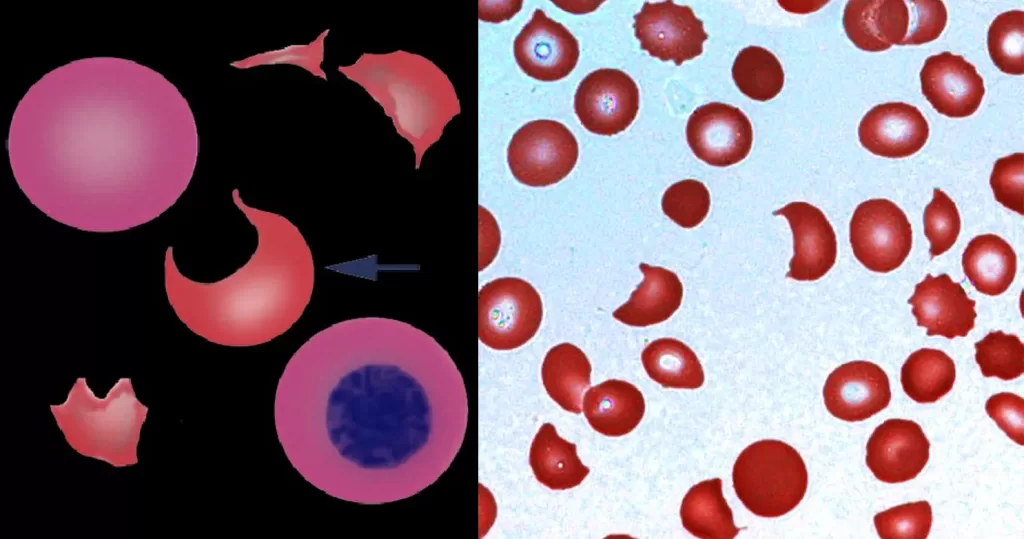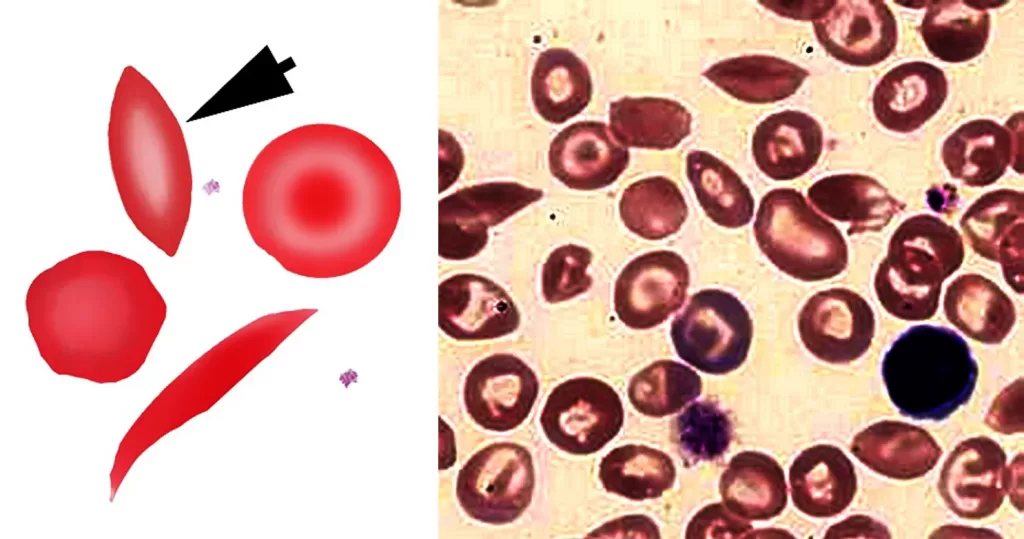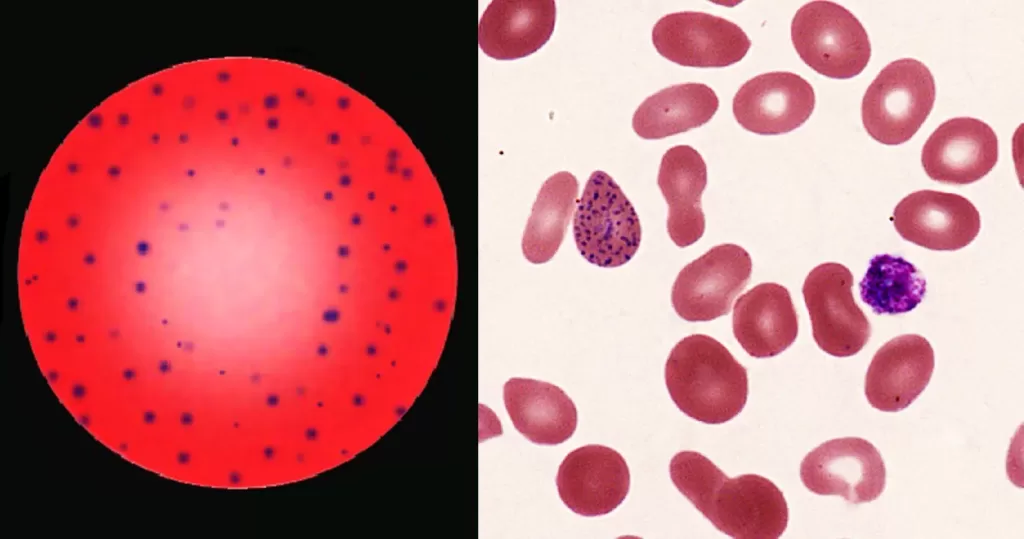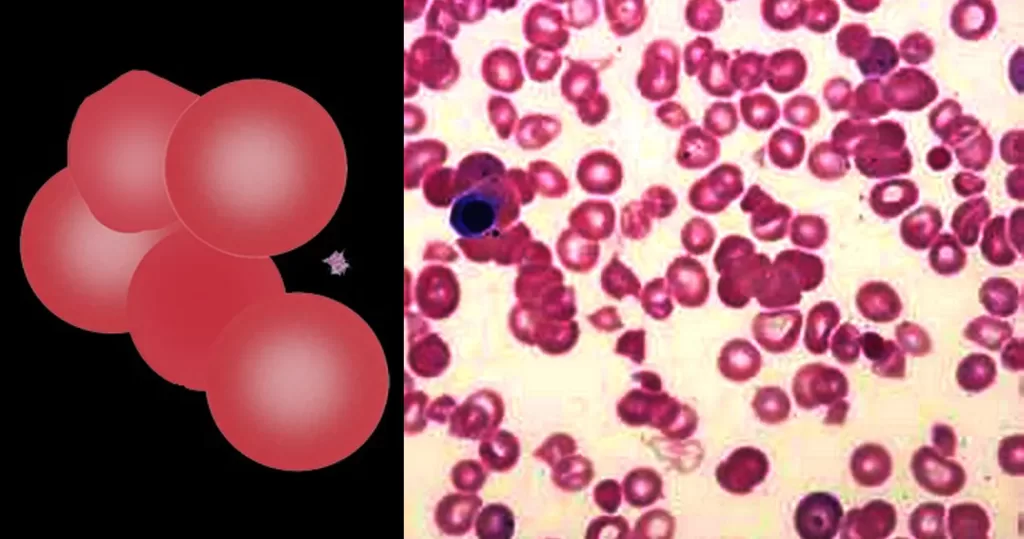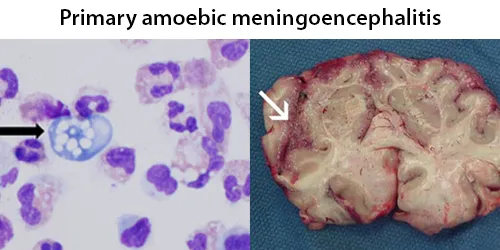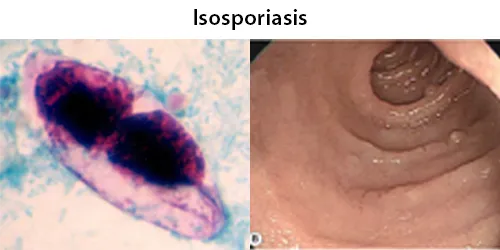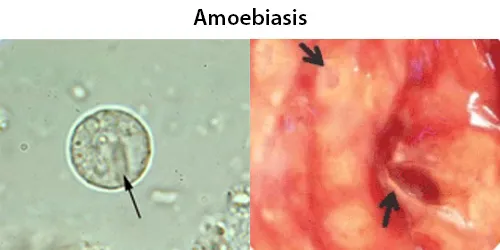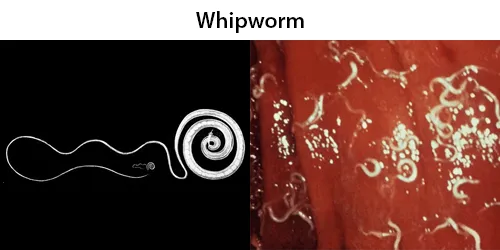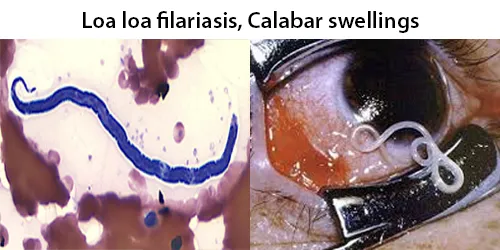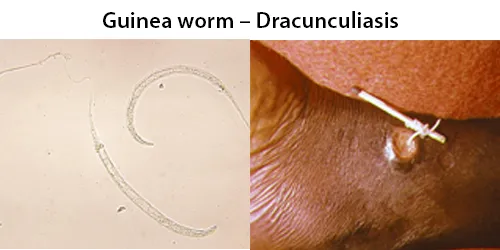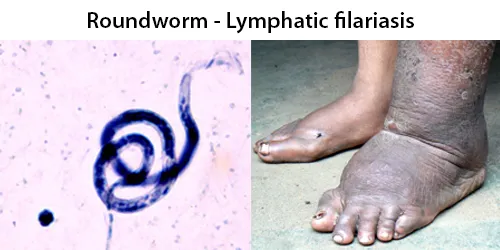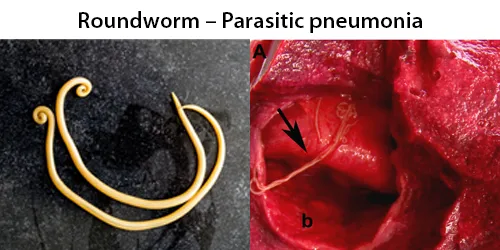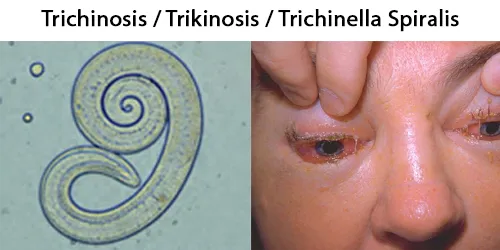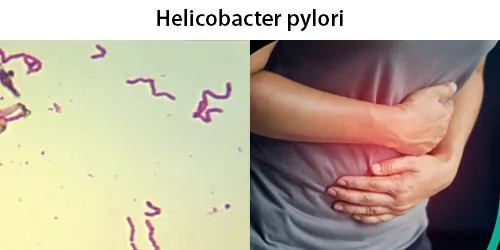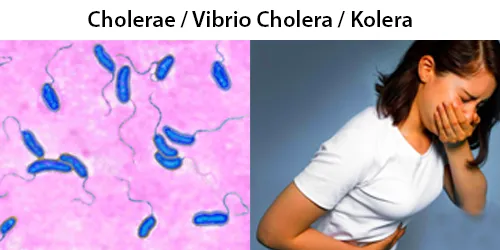Neutrophils
https://berkeley-institute.com/what-are-neutrophils-and-what-do-they-do/
Neutrophils help heal damaged tissues and resolve infections. Neutrophil blood levels increase naturally in response to infections, injuries, and other types of stress. They may decrease in response to severe or chronic infections, drug treatments, and genetic conditions.
Neutrophils block, disable, digest, or ward off invading particles and microorganisms. They also communicate with other cells to help them repair cells and mount a proper immune response. The body produces neutrophils in the bone marrow, and they account for 55–70 percent of all white blood cells in the bloodstream.

Neutrophils continued…. High concentration of active neutrophils. Indicates:
- Immunities are working
- Probably virus elimination in progress
Look for metals and environmental toxins concentration, inflamation.
In this photo, nucleus (stomachs) are not distended or collapsed, cells are working well
Hypersegmented. Normal neutrophils have an average of 3 lobes and always fewer than 5 lobes. Hypersegmentation is the presence of abnormally increased nuclear lobulation and is seen in megaloblastic anemia.
Note: Eosinophils have fewer than 4 lobes and basophils have fewer than 3 lobes.
Band neutrophils are slightly less mature than segmented neutrophils and have indented, unsegmented “C” or “S” shaped nuclei. Band neutrophils normally account for approximately 5-10% of peripheral blood leukocytes.
An increased proportion of band neutrophils can be seen in infectious and inflammatory conditions.
Toxic Neutrophil – toxins that it has acquired have melted the nuclei.
Chronic Neutrophil Leukemia
Remnants on neutrophils being consumed by strong differentiated bacteria.
The bacteria may be mutated due to antibiotics resistance, that overwhelms white cells, perhaps resulting in Herxheimer reactions.
Heavily infected patient, probably Herxing. The body is producing a large army of neutrophils to battle errant bacteria. In this case, the neutrophils appear to have control.
Notice the monocyte on the right.
What caused the excess bacteria ? The body is working to digest pathogens or toxins, that white blood cells are consuming and then eliminating, perhaps in the form of virus eliminations.
2 toxic crystal fragments, that are consuming red cells, that are leaching ferritin.
Neutrophils are repulsed by the damaged red cells. This can lead to auto-immune reactions, causing over-production of white cells.
When there is an infection or another source of inflammation in the body, special chemicals alert mature neutrophils, which then leave the bone marrow and travel through the bloodstream to the site in need. Unlike some other cells or blood components, neutrophils can travel through junctions in the cells that line blood vessel walls and enter into tissues directly.
Neutrophilic leukocytosis, or neutrophilia (High Levels): Infections, injuries, inflammatory conditions may increase levels, and…
Can indicate Viral conditions, often, with a corresponding decrease in lymphocytes
- Corticosteroids, beta-2-agonists, and epinephrine
- Some cancers
- Physical or emotional stress
- Surgery or accidents
- Smoking tobacco
- Pregnancy
- Obesity
- Genetic conditions, such as Down syndrome
- Surgical removal of the spleen
- Rheumatoid arthritis
- Inflammatory bowel disease
- Hepatitis, and vasculitis
Neutropenia (Low Levels): Neutrophil blood levels drop when the body uses immune cells faster than it produces them or the bone marrow is not producing them correctly. Immune system stress due to long-term infection or injury. An enlarged spleen may also cause a decrease in neutrophil levels because the spleen traps and destroys neutrophils and other blood cells.
Other conditions that cause over-use of neutrophils include:
Can indicate bacterial and fungal infections, usually, with a corresponding increase in lymphocytes
- allergic disorders
- certain drug treatments
- autoimmune disorders
- cancer
- viral infections, such as influenza
- bacteria infections, such as tuberculosis
- myelofibrosis, a disorder that involves bone marrow scarring
- vitamin B-12 deficiency
- radiation therapy involving bone marrow
- phenytoin and sulfa drugs
- chemotherapy medications
- toxins, such as benzenes and insecticides
- aplastic anemia, when the bone marrow stops producing enough blood cells
- severe congenital neutropenia, a group of disorders where neutrophils cannot mature
- cyclic neutropenia, which causes cell levels to rise and fall
- chronic benign neutropenia, which causes low cell levels for no apparent reason






















